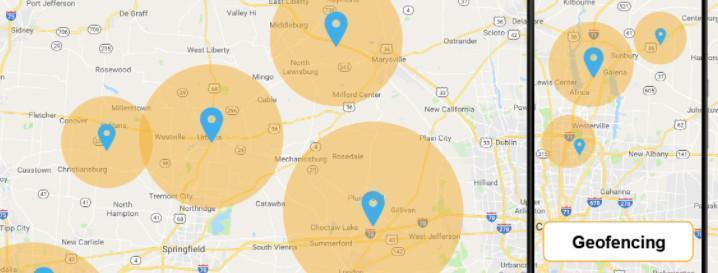

- Ref # CAB00027
- December 30, 2020
Geofence Search Warrants
Ever hear of a “geofence search warrant” (AKA; Reverse Location Warrant) I had not, at least until recently turned onto the subject by a concerned investigator. A geofence (or “geo-fence”) warrant is a search warrant issued by a court allowing law enforcement to search a database to find all active mobile devices within a particular geofence (or geographical) area during a specified period of time. Such warrants are a relatively new (although increasingly popular) investigative technique used by law enforcement in its attempt to identify a specific suspect in a crime (or, more often, series of ....






